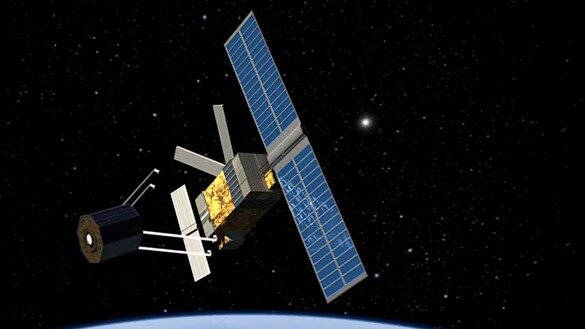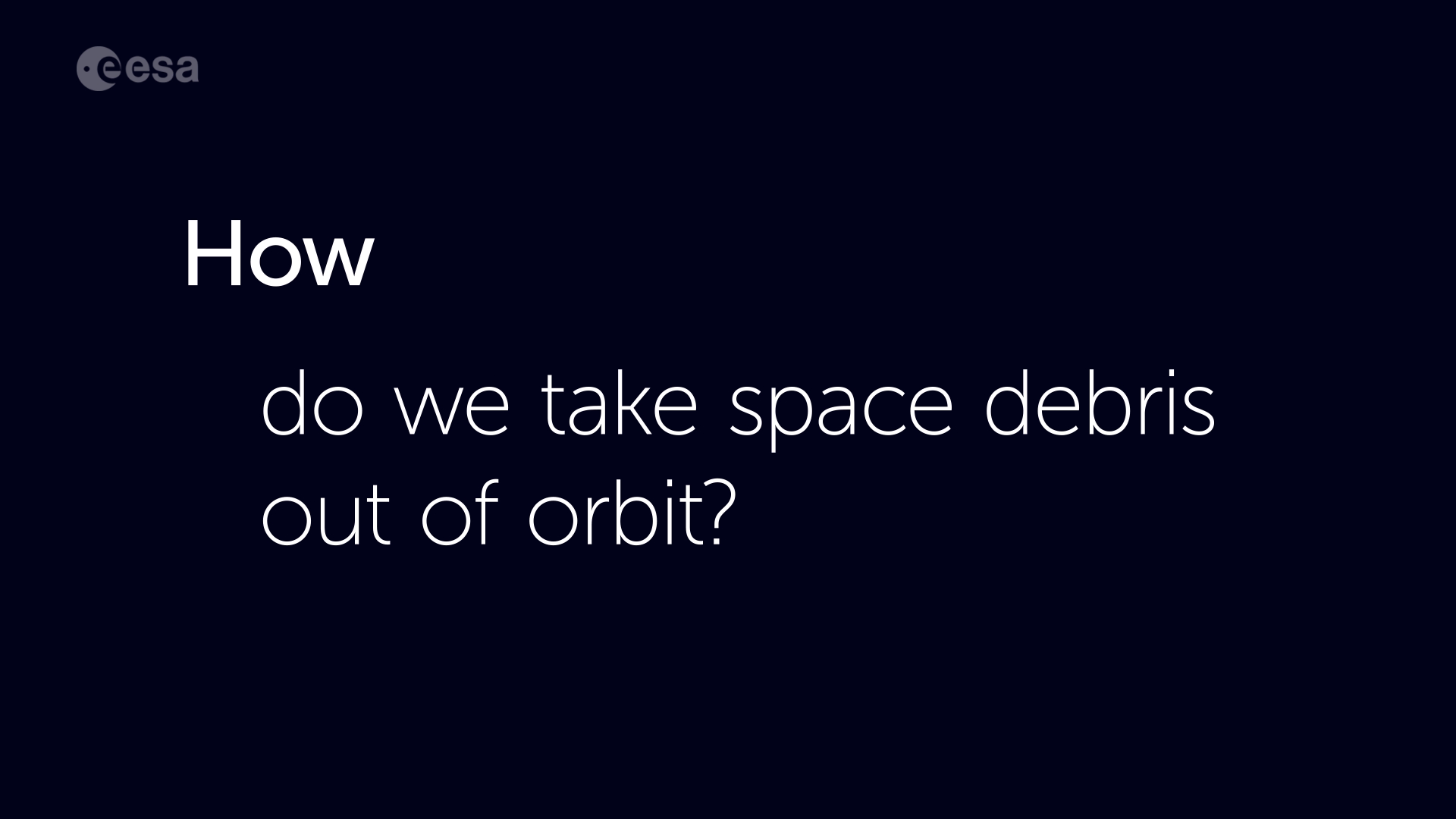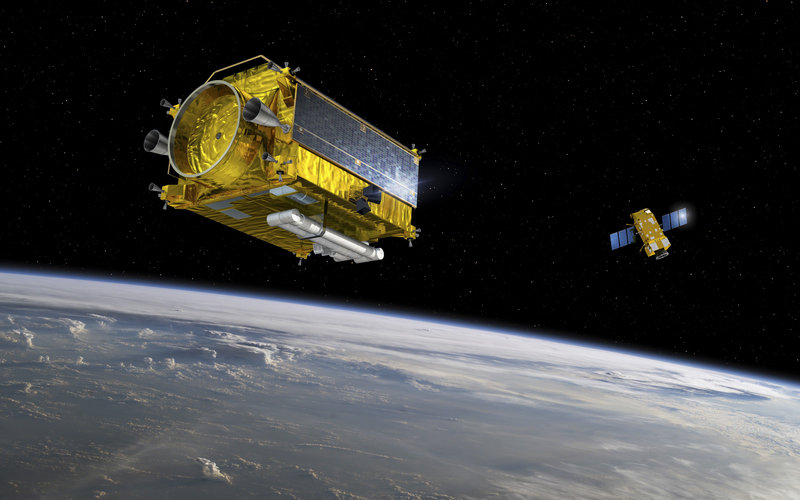in-orbit servicing/active debris removal
Even if all space launches stopped, the amount of debris would continue to rise because of collisions, which lead to more collisions, and so on. The most effective way to stave off this chain reaction and stabilise the debris population in key orbits is to remove large items of debris from space.
Following dedicated studies of an active debris removal mission, Clean Space has broadened the concept to a multi-purpose Space Servicing Vehicle that would include debris removal as one of its aims.

Of increasing industrial interest in recent years, this would be a ‘Swiss Army knife’ of a satellite with the agility, capability and autonomy to perform all kinds of complex tasks in space, such as refuelling high-value satellites reaching the end of their lives, adding new equipment to them, or attaching to them to move them to new orbits.
Active debris removal is seen as particularly valuable for the imminent age of megaconstellations, when hundreds or even thousands of satellites will be formation flying in low orbits to offer low-latency telecommunications or global high-repeat Earth observation coverage.
Any failing satellite that breaks ranks might threaten the entire constellation around it, so dedicated space servicing vehicles especially tailored for the role could well play an essential ‘sheepdog’ role within megaconstellations.

In addition, a more general-purpose Space Servicing Vehicle could potentially be contracted to take down derelict satellites as one of its roles.
It turns out to be taken so many separate advanced technologies to make an act of active debris removal possible that the possibility opens up to apply them to a Space Servicing Vehicle as a general game changer.









